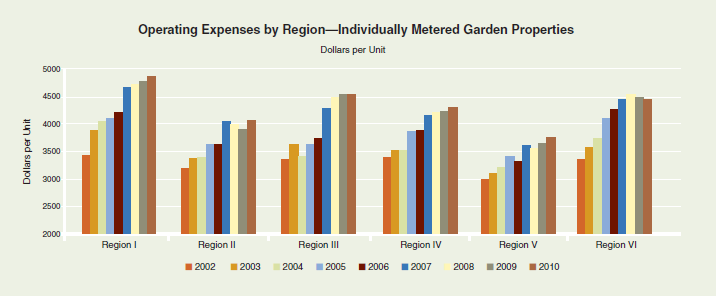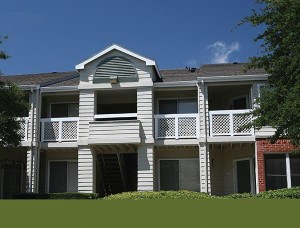Updated 1:46pm Correction: Updated to reflect that CalPERS is only shutting down its hedge fund investments, not its private equity placements. See Calpers Is Done With Hedge Funds; Paid $135 Million in Fees Last Year for 7.1% Return at Bloomberg.com
Was just on a call this morning with Peter Linneman, Chief Economist at NAI Global where they were discussing CalPERS’ decision to eliminate their investments in hedge funds. That hasn’t had any effect on their apartment building investments however [Or has it in a positive way?]. While I was on the call I received a note from PERE announcing that the California Public Employees’ Retirement System (CalPERS), the largest public pension plan in the US has committed more than S2,000,000,000 additional funds to multifamily investments during meetings this past July:
- $1.33 billion to Institutional Multifamily Partners, seeking multifamily acquisition and development opportunities throughout the US.
- $412.79 million to a partnership with Invesco Real Estate for core apartment properties in the West and Midwest.
- $200 million went to a joint venture with Pacific Urban Residential for Class B multifamily assets in the western US.
- Note that the 200M was in addition to the 214M committed when the JV was formed in January this year.
- A less than $100M commitment to apartment lender and asset manager Centerline Holding which is now owned by Hunt.
All this was part of a 6.6B commitment to commercial real estate joint ventures, one of the largest single month investments made by the $300 Billion retirement plan. For the details see CalPERS commits $6.6bn to RE on PERE. Note: registration may be required.





